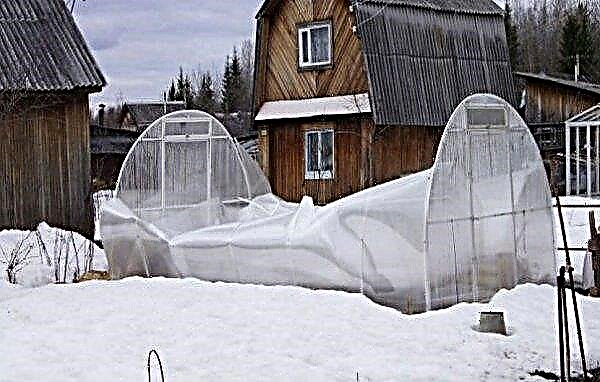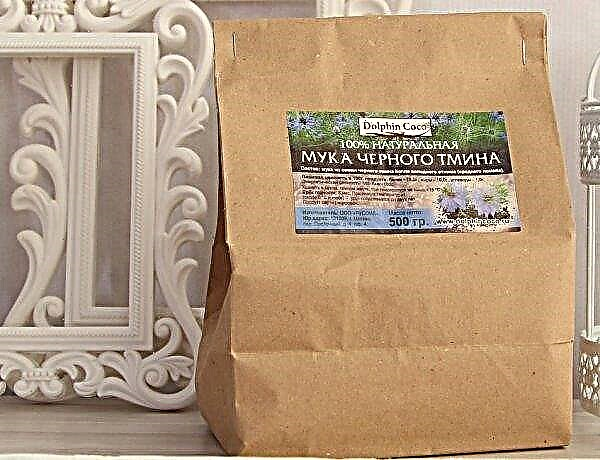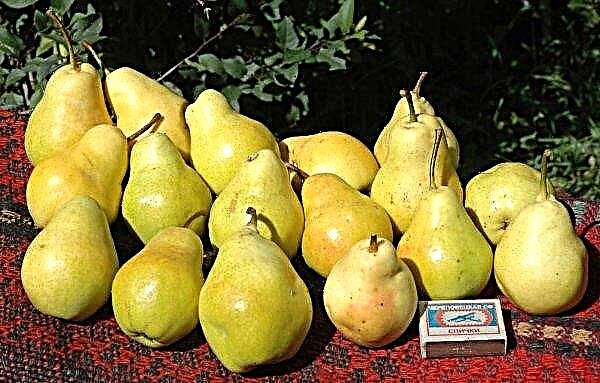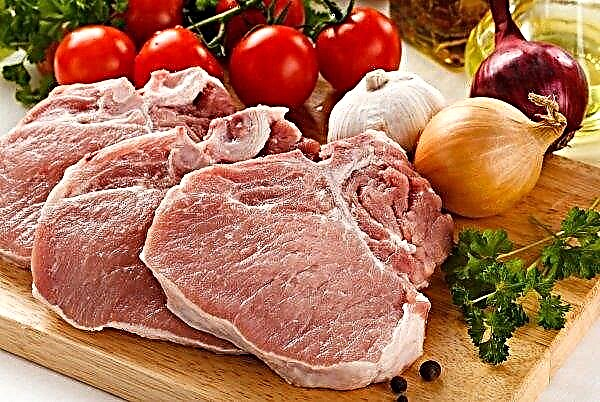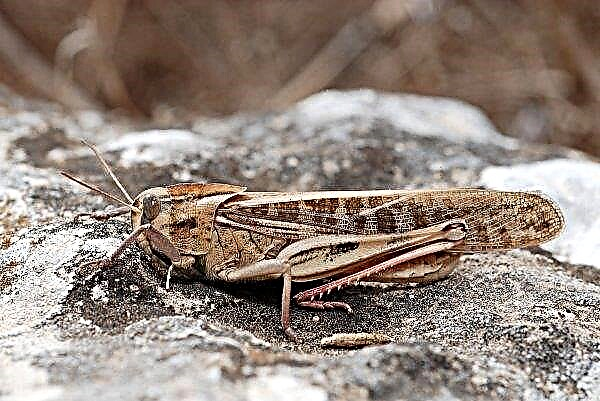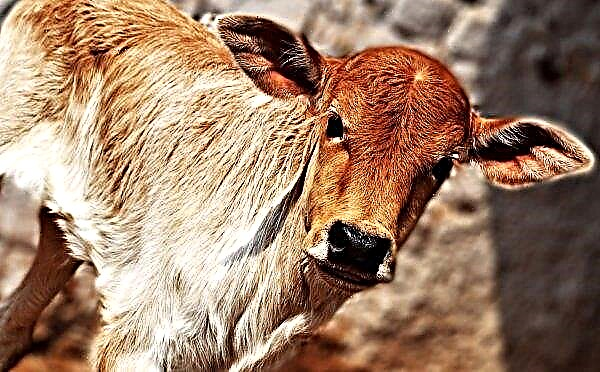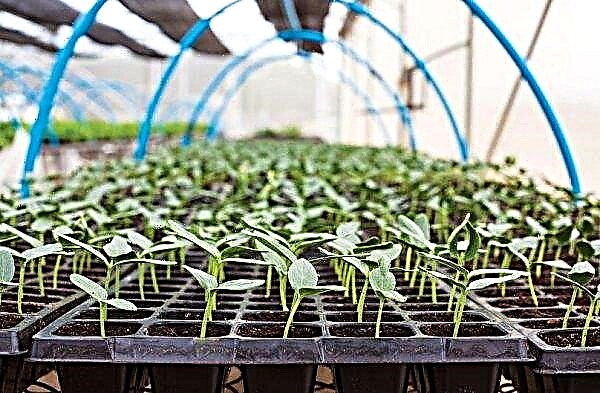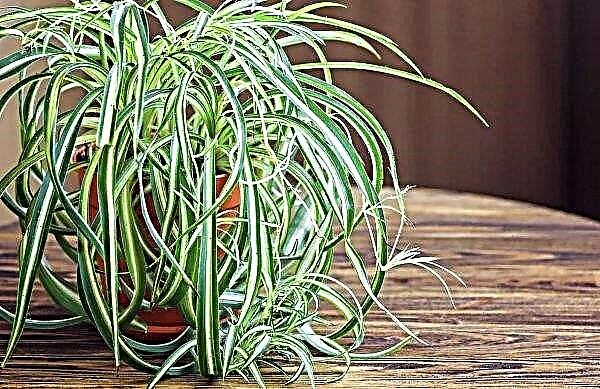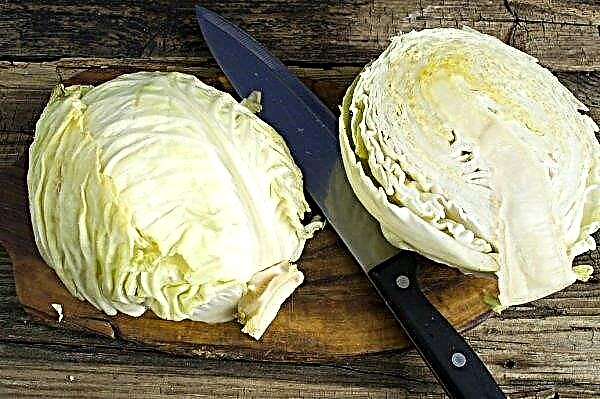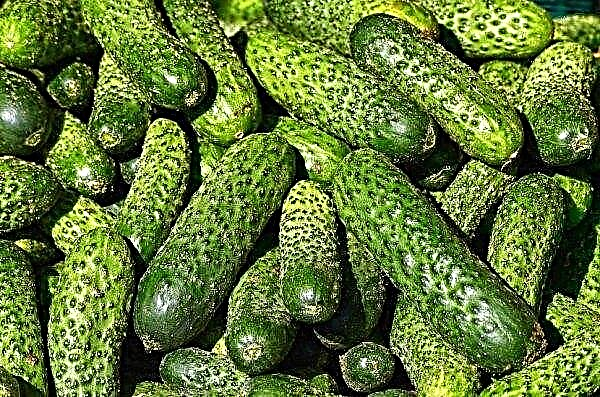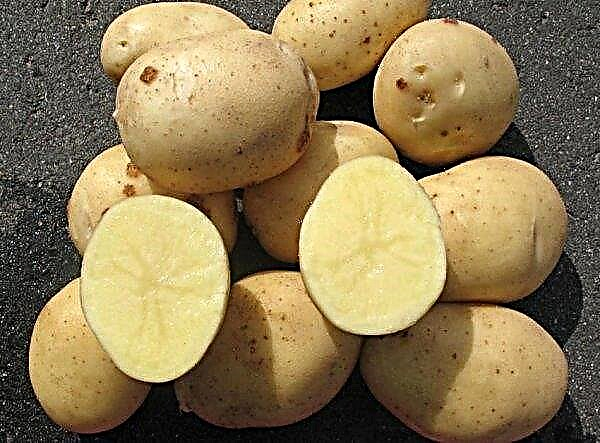The problem of onion deficiency in July and August, which was previously quite noticeable, is successfully solved today by the winter planting of this vegetable. Read about the features of growing winter onions later in the article.
Pros and cons of winter onion planting
- In addition to the aforementioned elimination of the summer shortage of bulbs used in the preparation of the vast majority of dishes, the autumn planting of winter onions also has such advantages:
- the possibility of growing other ripening vegetables on vacated onion beds during the summer season;
- good keeping quality of a vegetable;
- resistance to damage by onion fly;
- moderate shootings of plants;
- ease of weeding, as winter onions outrun most weeds in growth.

- The disadvantages of winter planting of this vegetable are fewer, but they can be felt in regions with a cold climate:
- part of the bulbs planted before winter inevitably dies during wintering in cold soil, therefore more seed is required than with traditional plantings;
- in force majeure situations, when frosty and snowless winters are issued, the destruction of all planting material is possible;
- the need for additional costs for measures to shelter planted bulbs in winter.
Choosing a variety for planting in the fall
Not every onion variety is suitable for winter planting.
Most often, onion varieties are planted before winter, represented by:Did you know? Onion is the most sought after plant product on the planet. It is cultivated in no less than 175 countries, and it is used in absolutely all famous cuisines of the world.
- Ruby, which is a fruitful ripe vegetable ripening within 80 days;
- Mouzonoycharacterized by mid-early ripening within 90-110 days;
- Robincharacterized by the red color of the pulp and being a hybrid intended for winter cultivation in the southern regions;
- Siberian precocious, in which the growing season lasts no more than 70 days;
- Luganskbelonging to late-ripening varieties and characterized by good keeping quality, spicy taste and high yield;
- Buran, which is a variety for universal use with good keeping quality;
- Tamara F1, which is a mid-early hybrid with high taste and high yield;
- Black princepossessing a dark violet color and distinguished by high keeping quality;
- Panther F1characterized by increased cold resistance and resistance to shooting.
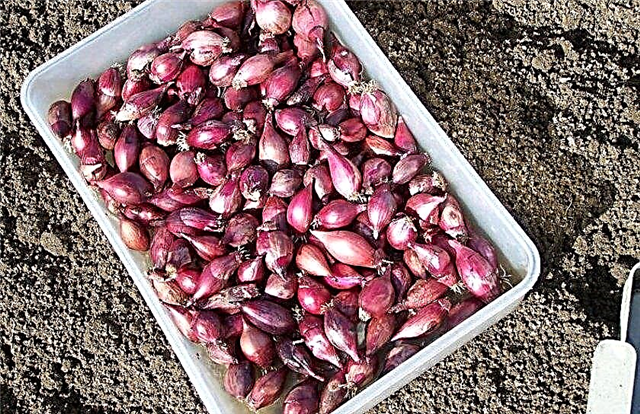
Landing time
The time for autumn planting of winter onions varies greatly depending on the climatic conditions of a particular region. To establish the exact time for planting material to be planted, they are guided by the rule that vegetables should be planted 30–35 days before the onset of constant cold. Experienced vegetable growers, monitoring the outside temperature, start planting seeds, when a temperature of not more than + 5ºC is fixed on the thermometer for several days in a row.
Most often, the planting dates of this vegetable fit into the time frame between mid-October and early November. Planting onions after the onset of steady frost is pointless - it will certainly die.
Some gardeners when planting this vegetable are guided by the lunar calendar. According to him, in the fall of 2019, it is best to plant onions on October 1-3, 10, 11, 29 and 30, and October 7-9, 14, 27 and 28 should not do this.Important! The main rule that must be followed when winter planting onions requires you to choose a planting period for this vegetable so that before the onset of stable colds, it can grow the root system, but at the same time it does not begin to produce green sprouts.
How to plant onions in the fall
In addition to correctly selected planting dates for this vegetable, much in its productivity also depends on correctly selected agrotechnical methods.
Seat selection and garden design
Onion feels best on well-sheltered slopes oriented to the south or south-west. Possessing a weak root system, this vegetable prefers fertile soil, which is humus loam or humus-sandy soil with good drainage. Ideal conditions for the growth of this plant are sediment from the silt off the river banks and, of course, planting in chernozem.
To obtain a good harvest of winter onions before planting, the soil must be dug up, mixing it with humus at the rate of 5 kg per square meter. m and mineral fertilizers in the form of 15 g of potassium salt and 25 g of superphosphate per square meter. m. Immediately before planting, it is useful to sprinkle the soil with wood ash in an amount of 10 g per square meter. m
Preparing bulbs for planting
There is a differentiation of onion planting material by the size of the bulbs:
- oats has a diameter of less than 10 mm;
- sevoc - from 10 to 30 mm;
- onion - more than 30 mm.
Bearing in mind that large bulbs often drive out the arrow, and the small sowing is preferable for obtaining large onion turnips, the seed should be sorted. Experts recommend using winter coat and sowing for winter planting. At the same time, the necks of the bulbs should not be cut off. Many vegetable growers disinfect planting bulbs by holding them for 10 minutes in weak solutions of potassium permanganate or vitriol, and then drying them for 24 hours.
Did you know? This vegetable can even influence politics. For example, in 1998 it was the rise in price of onions in India that led to the defeat of the ruling party in the elections in the capital.
Onion planting depth
How the onion will grow in the future, largely depends on how correctly and how deeply it is planted, at what depth of embedding in the soil this or that type of seed is designed, at what distance the bulbs should be removed from each other during planting and how to plant bow on feather. For this, the excavated and fertilized soil on the onion bed is leveled, compacted and grooves are made in it from 5 to 8 cm deep, depending on the size of the bulbs, which are laid at a distance of 5 to 10 cm from each other.
This distance varies depending on the purpose of the landing. If feathers are expected, then the distance between the bulbs becomes smaller, and if a turnip is required, the distance increases. The interval between honey grooves is up to 25 cm. Planted seed material is sprinkled with soil and mulched with the help of humus, dry sawdust, spruce spruce branches or straw. After planting, the winter vegetable is not watered. If there is no rain in the next 10 days, then the soil must be moderately moistened without overfilling it.
Onion care after planting
After the above measures, care for the onion planted in the winter is to cover it, if necessary, from frost, and then in the spring in weeding, loosening the soil, watering and fertilizing with fertilizers.
Hiding onions
In frosty and snowless winters, onion plantings need shelter. It is carried out when the soil begins to freeze, but there is no snow and is not expected in the near future.
From improvised materials, the best covering agent is:
- dry leaves;
- straw;
- dry sawdust;
- husk from sunflower seeds;
- dry legumes pods;
- fir spruce branches.
Of modern materials, a non-woven covering material up to 10 cm thick has proven itself perfectly.
Important! Any artificial shelter loses to ordinary snow, only a two-centimeter layer of which guarantees the safety of planted onions even at -15ºC.
Feeding and watering
This plant, preferring light soils with good drainage, does not tolerate stagnation of water in the soil. Therefore, with a sufficient amount of rain, onions should be watered only when the upper soil layer is dried, and in hot weather it is enough to water the beds a couple of times a week.
This vegetable is fed three times during the growing season:
- Feeding is carried out for the first time with the appearance of the first spring feather through a mixture of urea with superphosphate and potassium chloride in a ratio of 3: 2: 1 at the rate of 5 mg per square meter. m
- The second time, onion beds are fertilized after 3 weeks with the use of nitrofoska, 40 g of which is dissolved in a bucket of water, or with Agriokla-2 fertilizer, 5 l of the solution of which is applied per square meter. m
- When the bulbs grow to a diameter of 3 cm, they are fed a third time using superphosphate, 40 g of which is diluted in a bucket of water, and then watered with this solution of a bed at the rate of 10 liters per 1 sq. m

What measures to take in early spring
In spring, with the start of soil warming, the shelter is removed, and after a week the mulch is removed. It is useful after that to sprinkle the bed with wood ash in the amount of 10 g per square. m and loosen the ground. Loosening should be done after every rain or watering, matching weed weeding with it. Also during this period, the vegetable needs fertilizing with fertilizers, as already described above.
Protection against diseases and pests
Most often, winter onions are affected by diseases represented by:
- powdery mildew;
- peronosporosis;
- Fusarium infection
- alternariosis.
- “Quadris 250 SC”;
- "Ridomil Gold MTs 68 WG";
- "Acrobat MC";
- Shirlan 500 SC;
- "Fundazole".
When using drugs according to the attached instructions, attention should be paid to the duration of the funds. If the onion feathers processed by them are intended for food, then this action should be coordinated with the duration of the preparations.
Bacterial diseases are prevented by the use of biological preparations:
- "Phytocide";
- "Fitoflavin";
- "Fitosporin";
- "Alerin";
- "Pentaphagus";
- Trichodermin.

Although the winter onion is well opposed to a dangerous onion fly, it is not completely protected from its invasion. In the fight against it, insecticides such as "Karate Zeon 050 CS" help well. Other dangerous pest thrips are fought with the help of insecticides Confidor 200 SL, Angie 247 SC and others like that.
Growing winter onions allows you to have this product on hand, which is an essential ingredient for most dishes, almost all year round.




